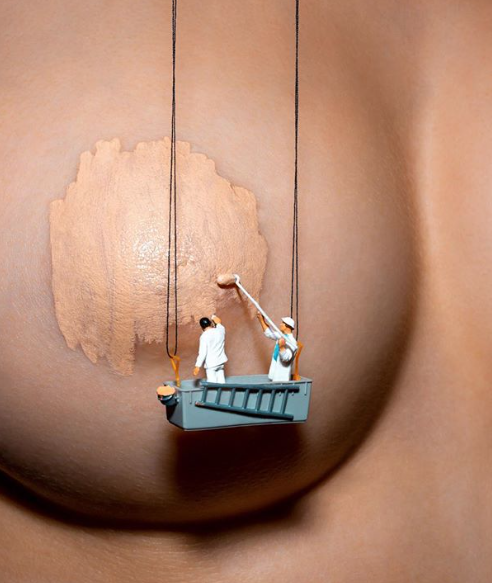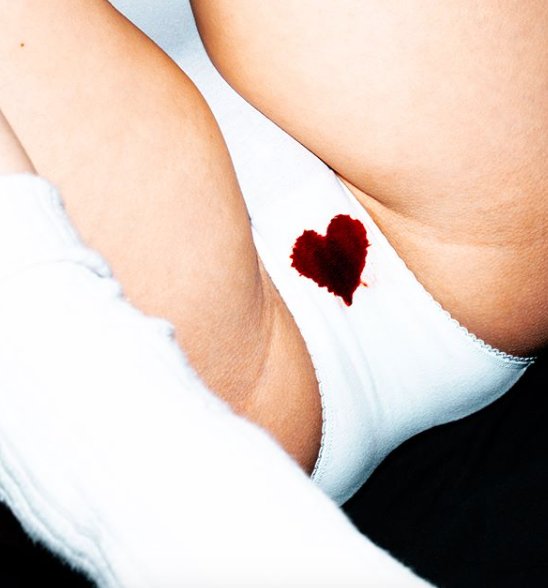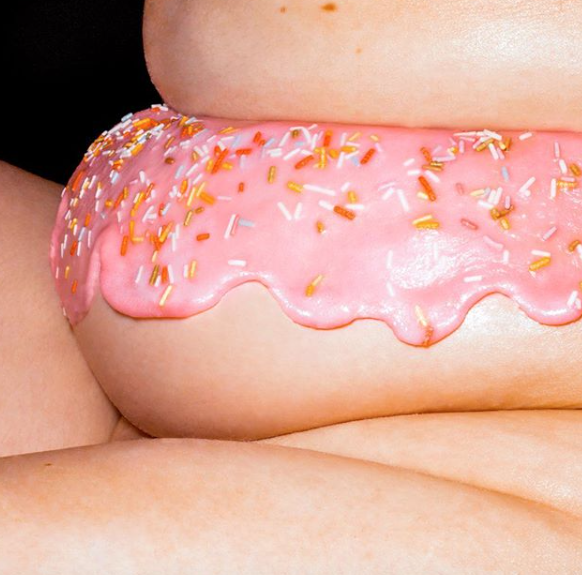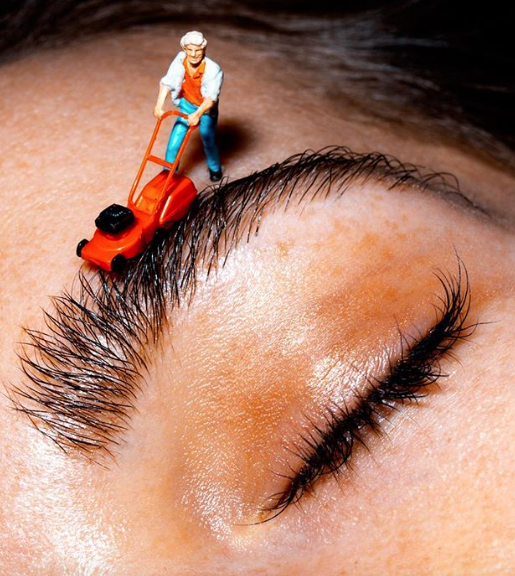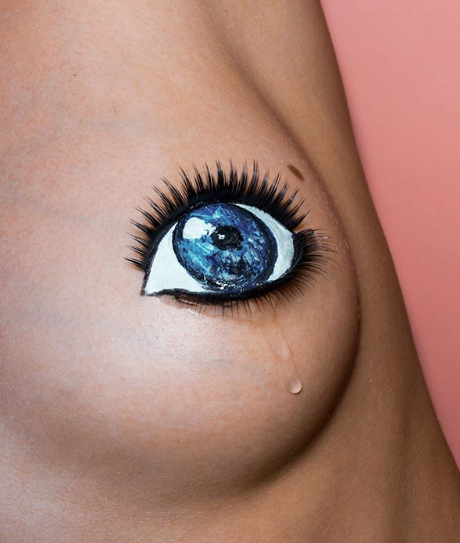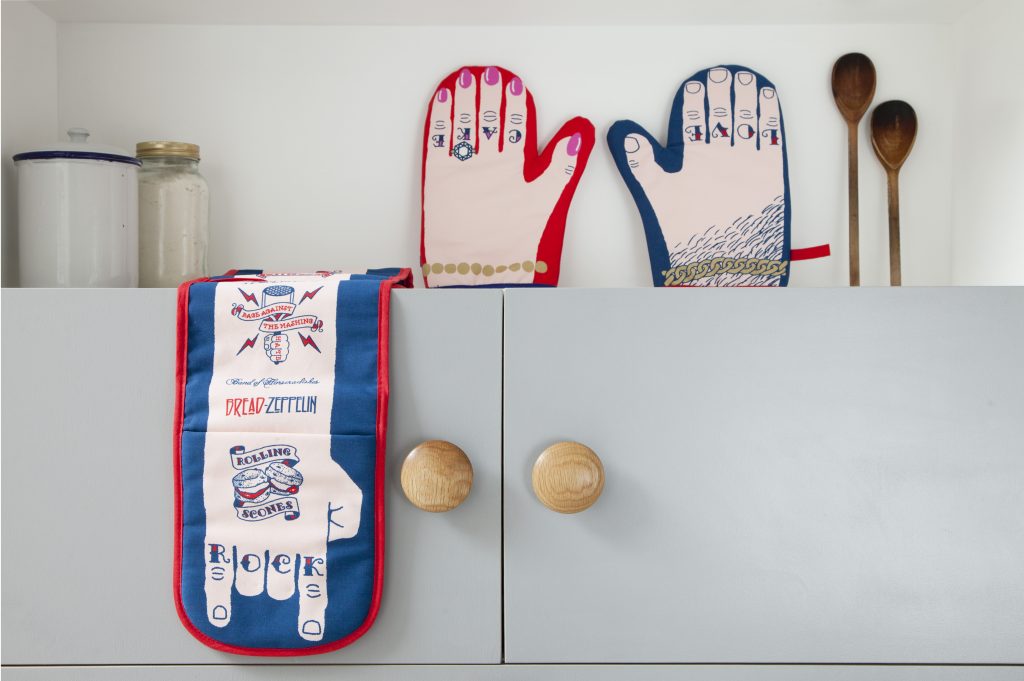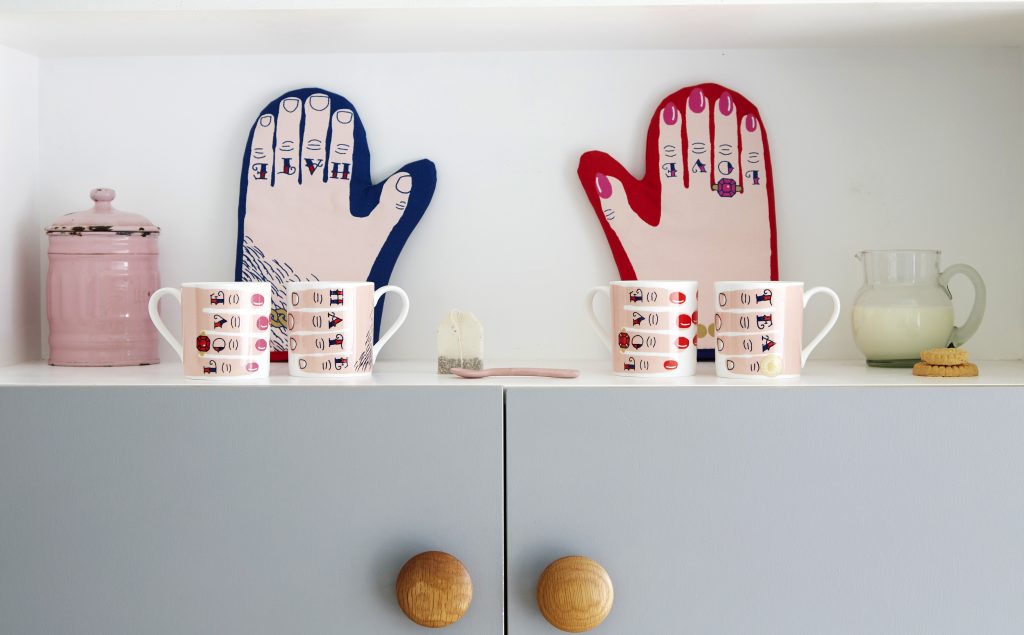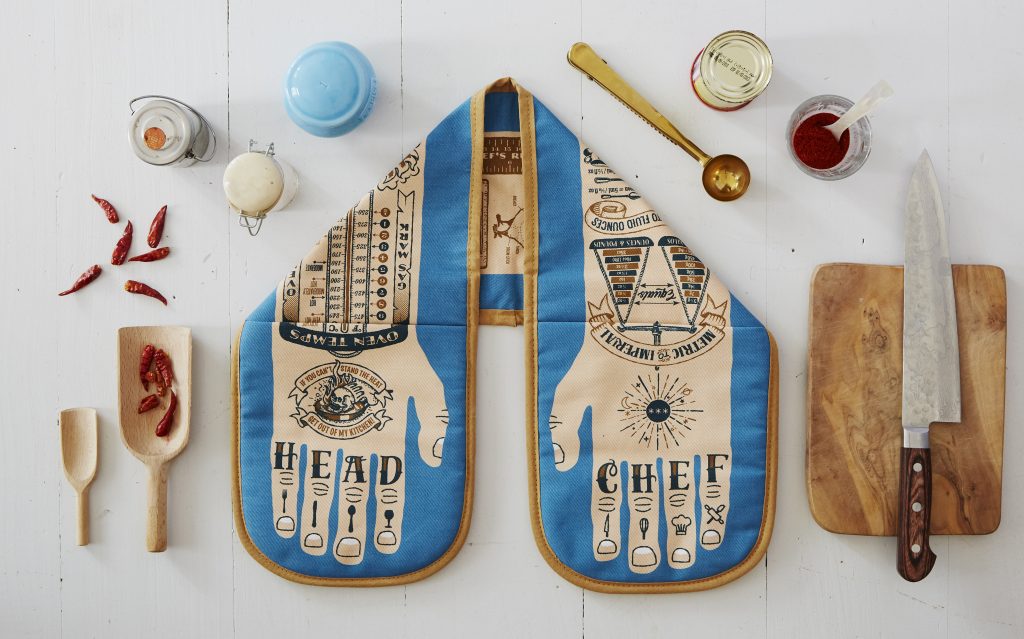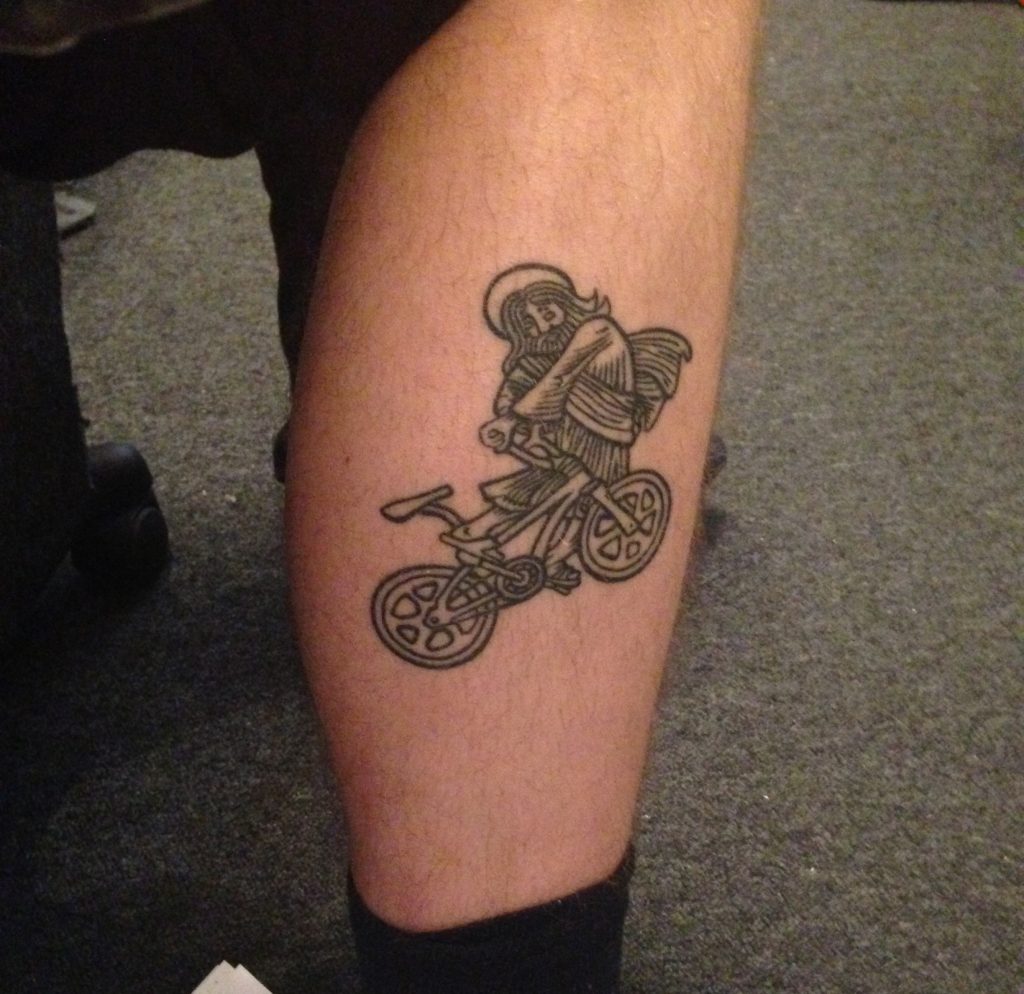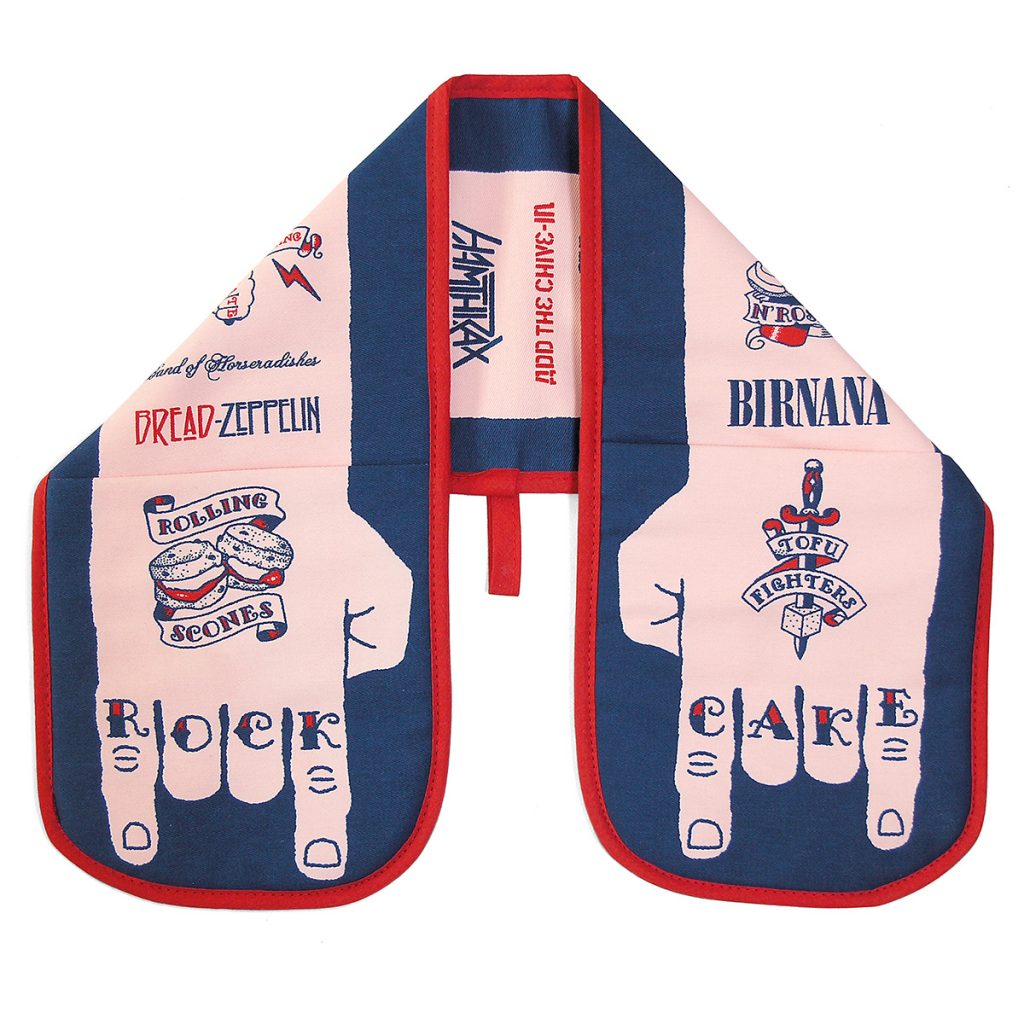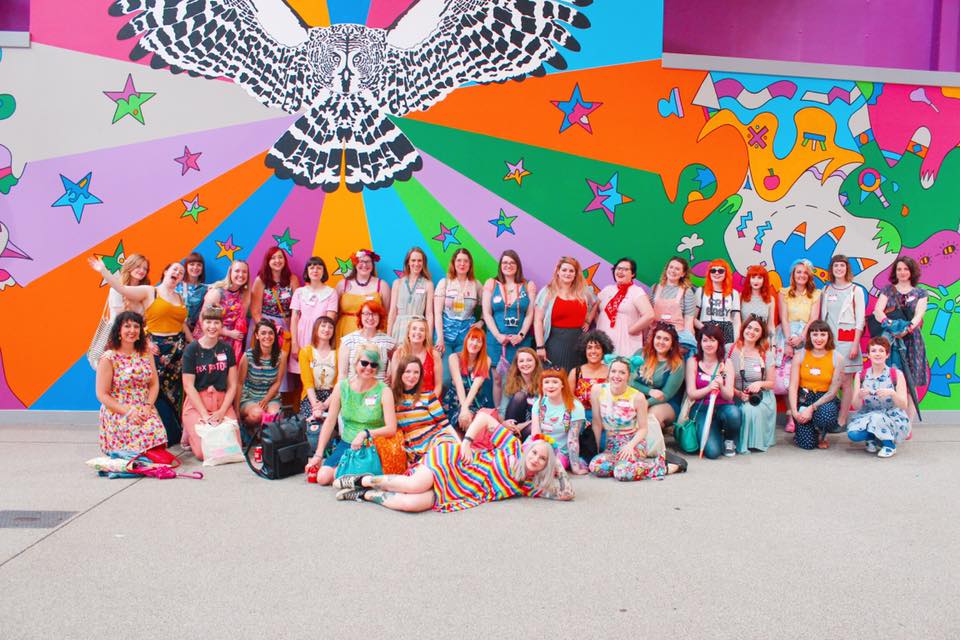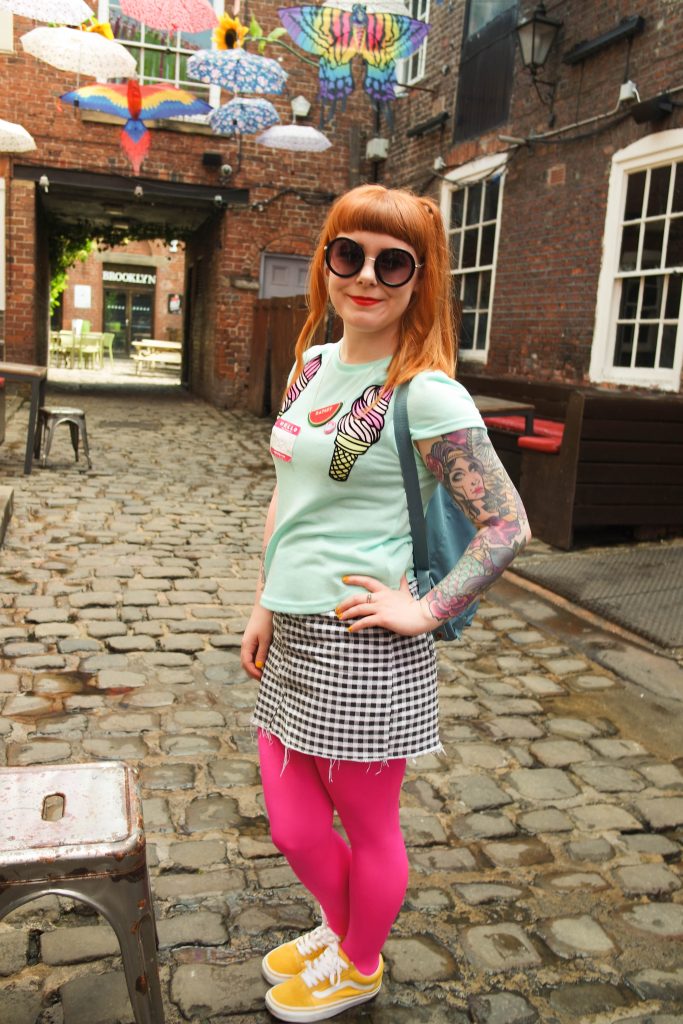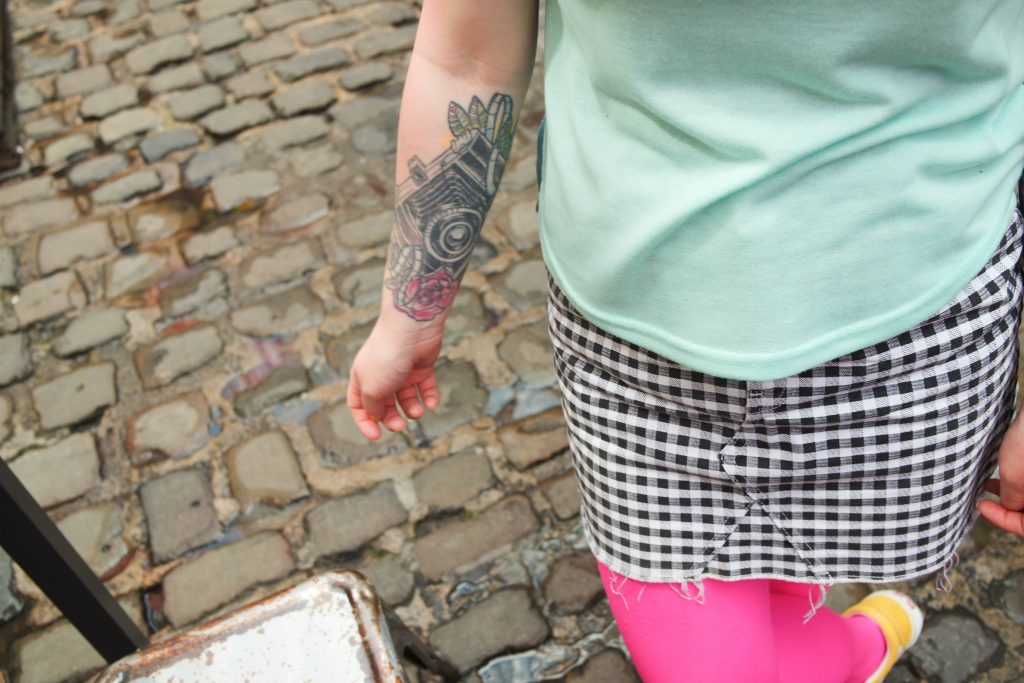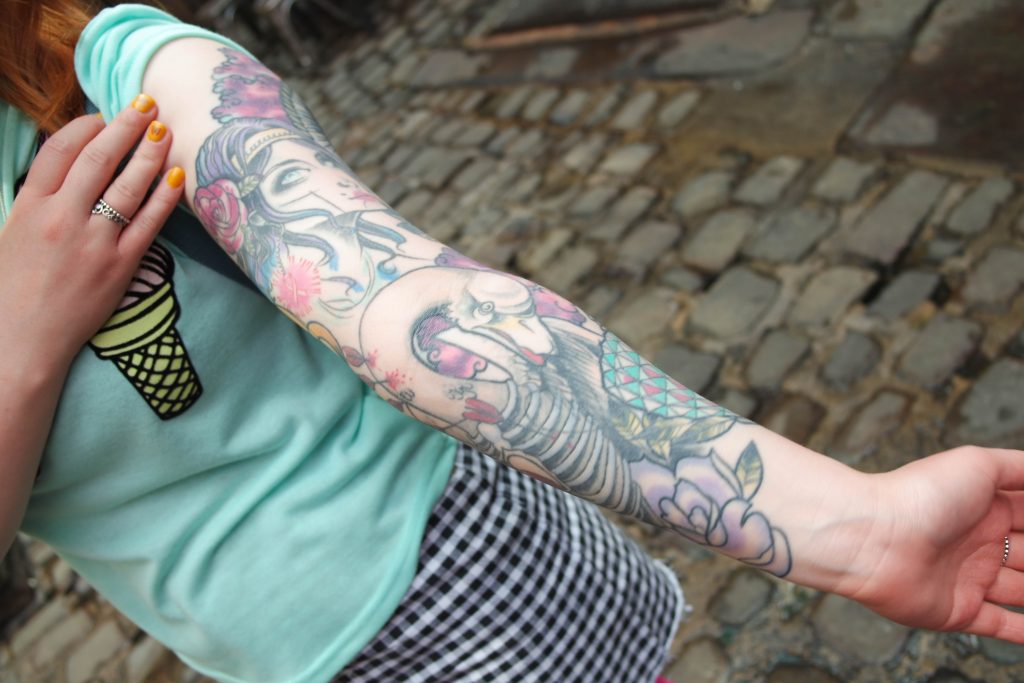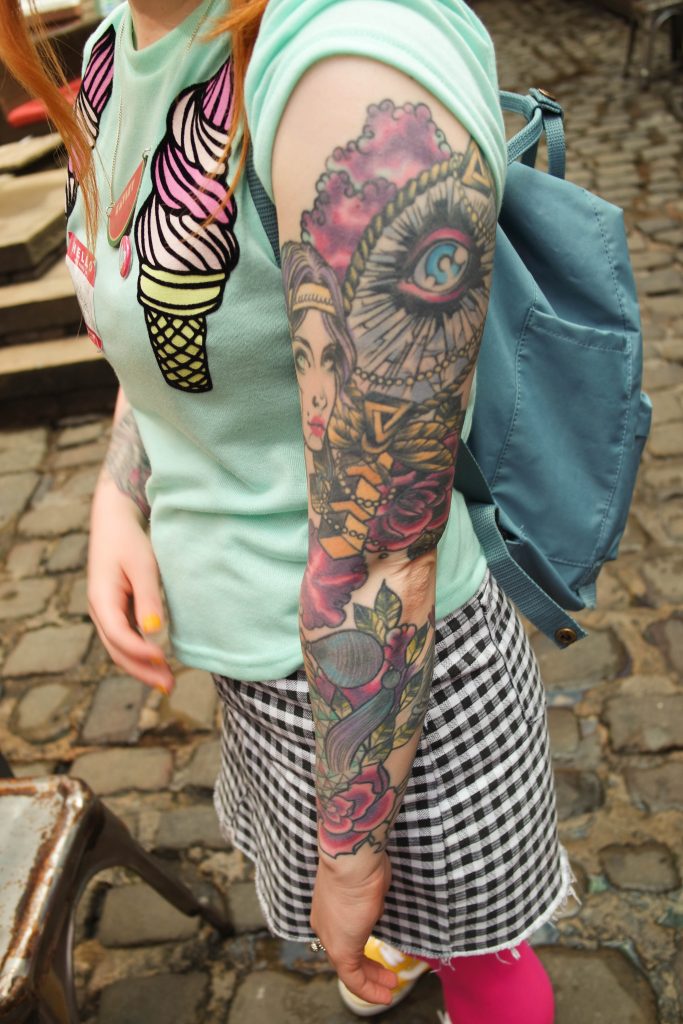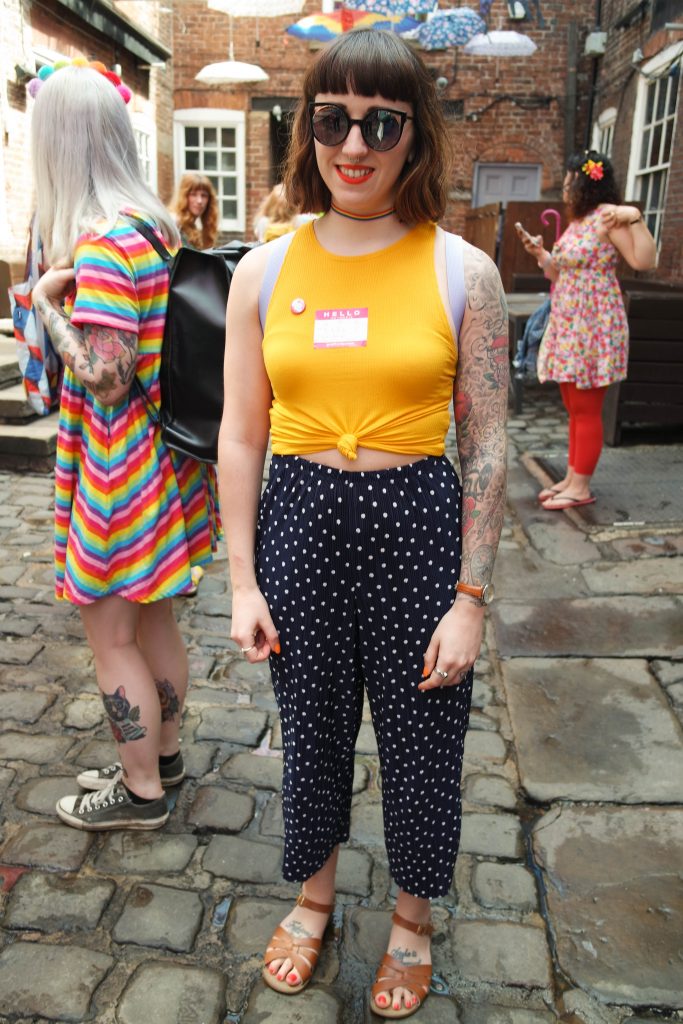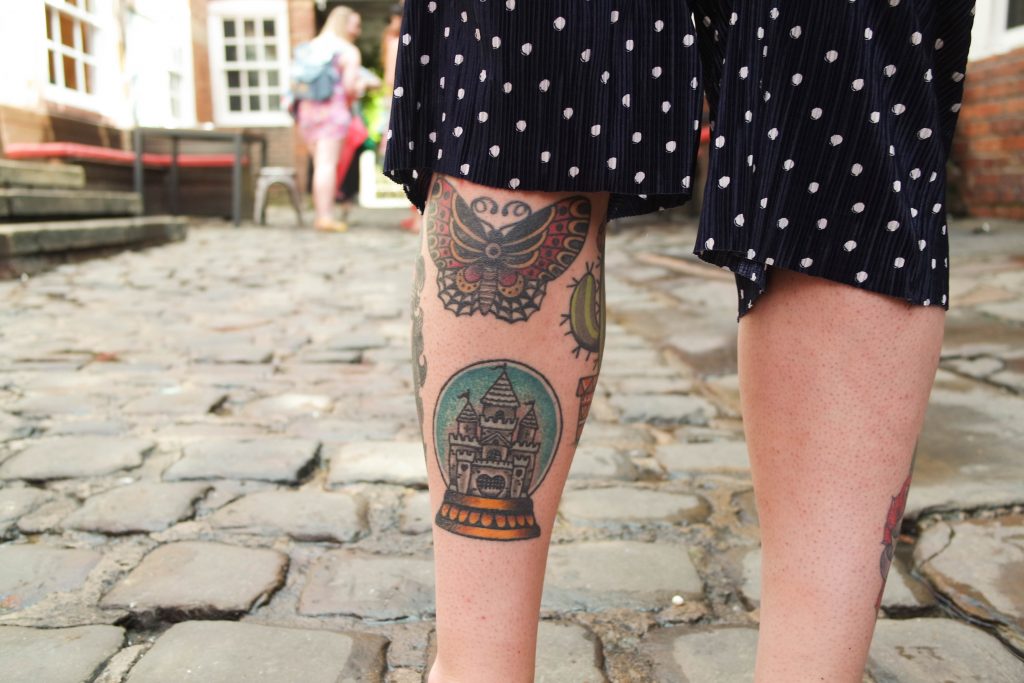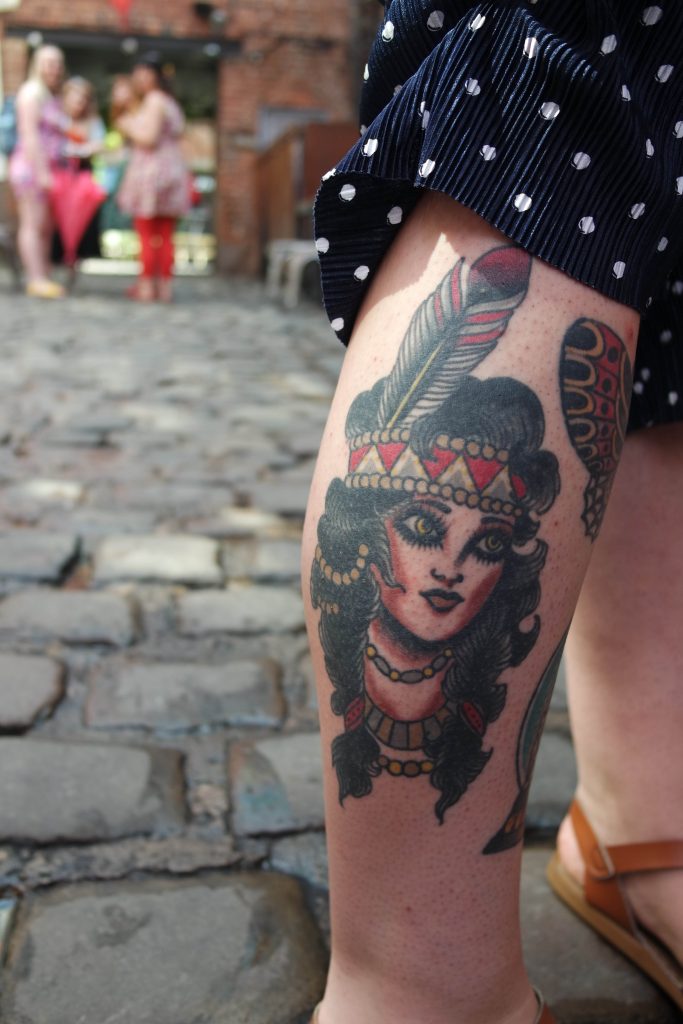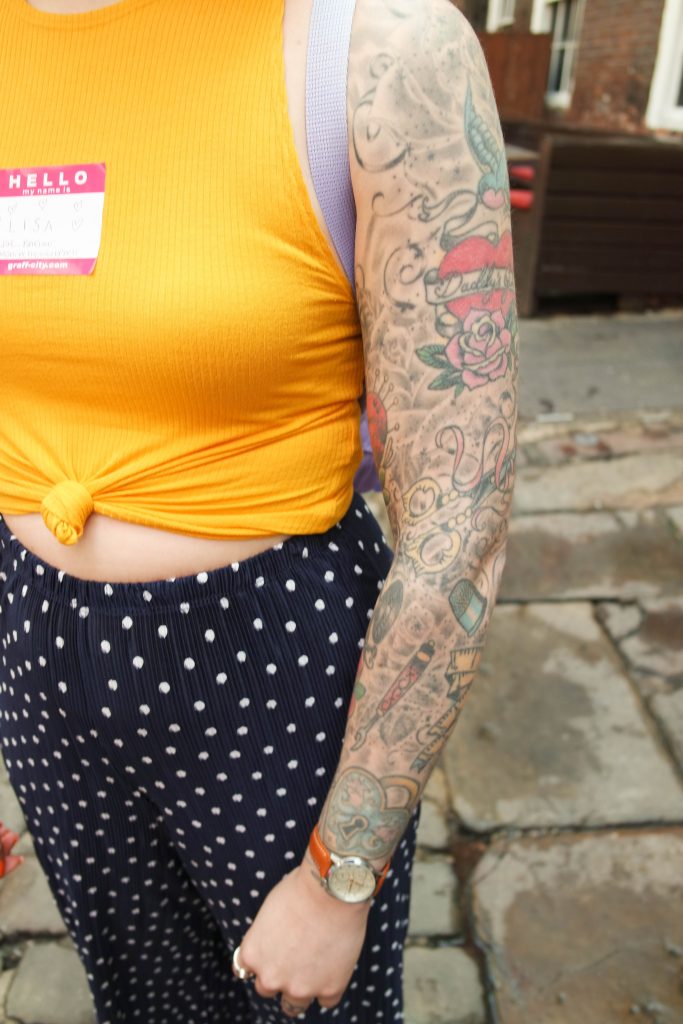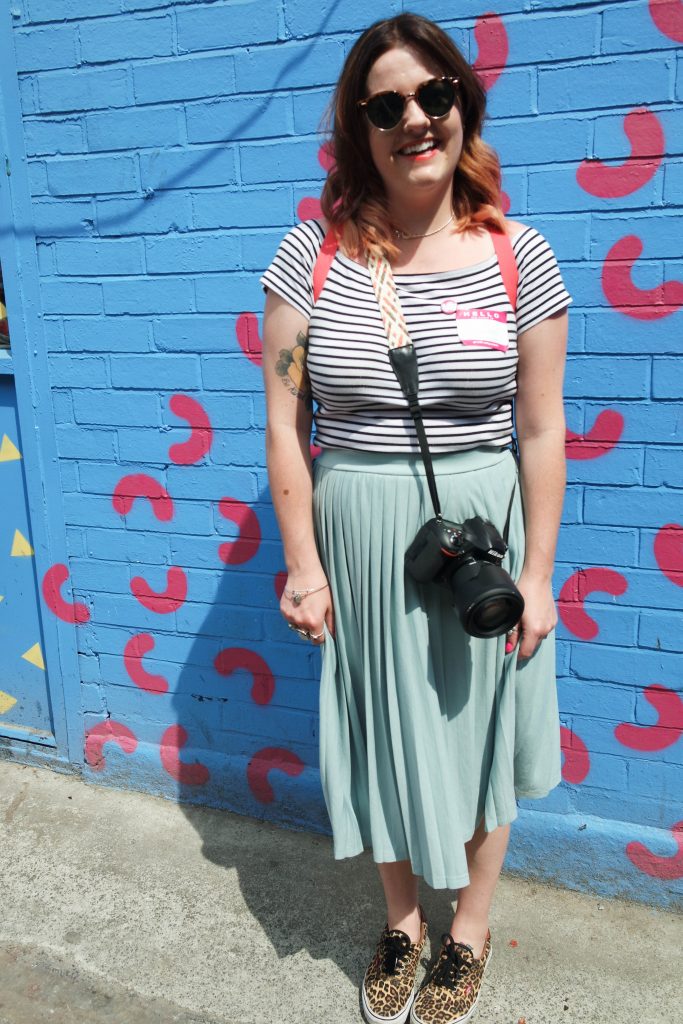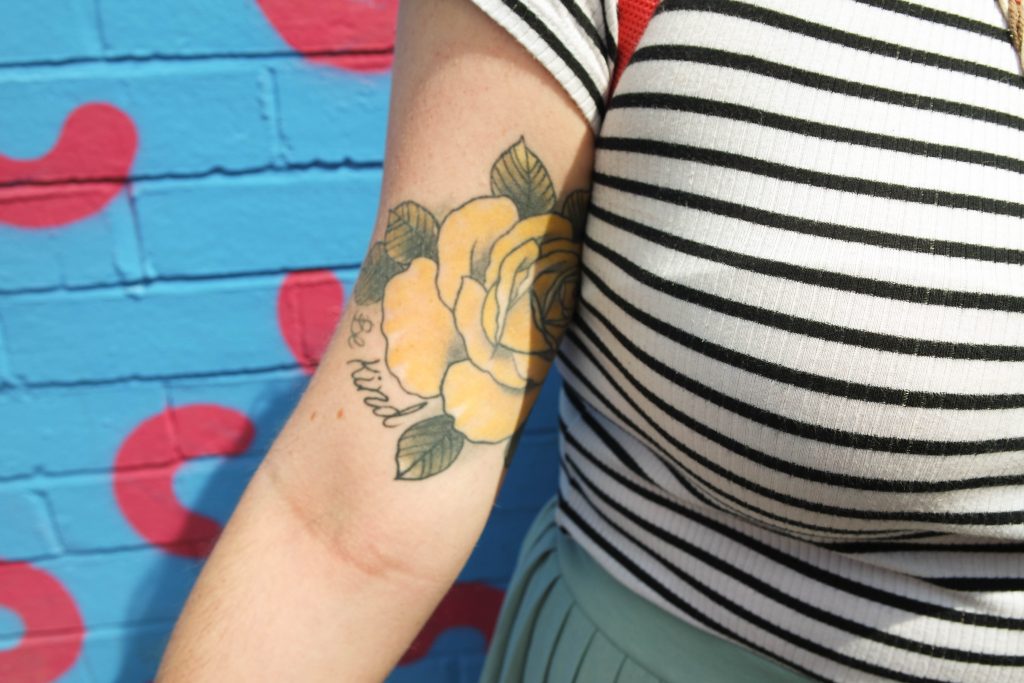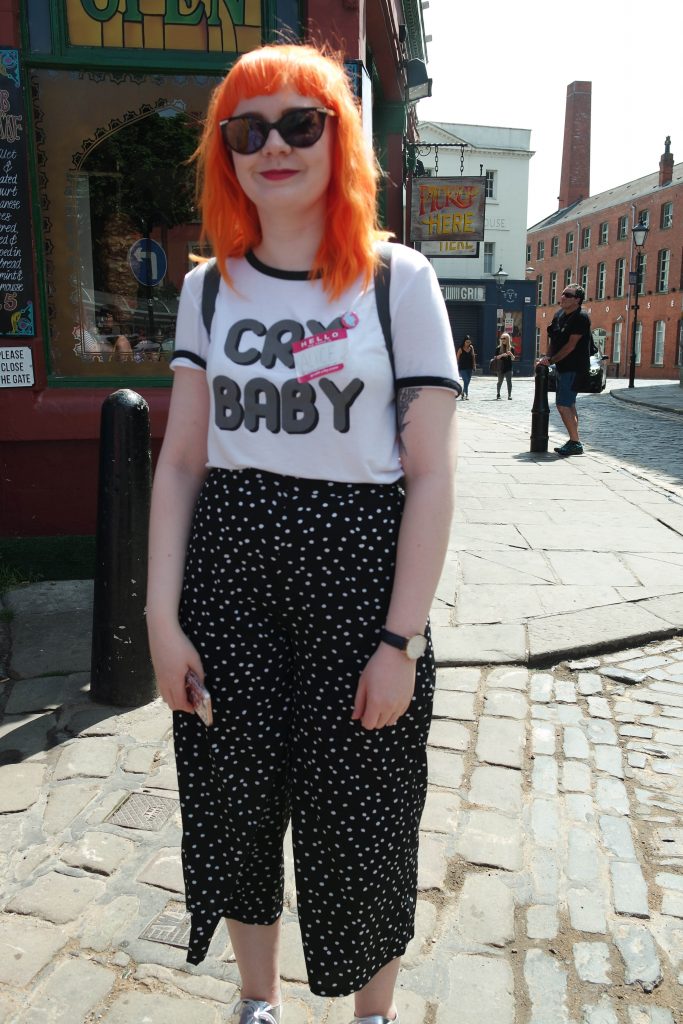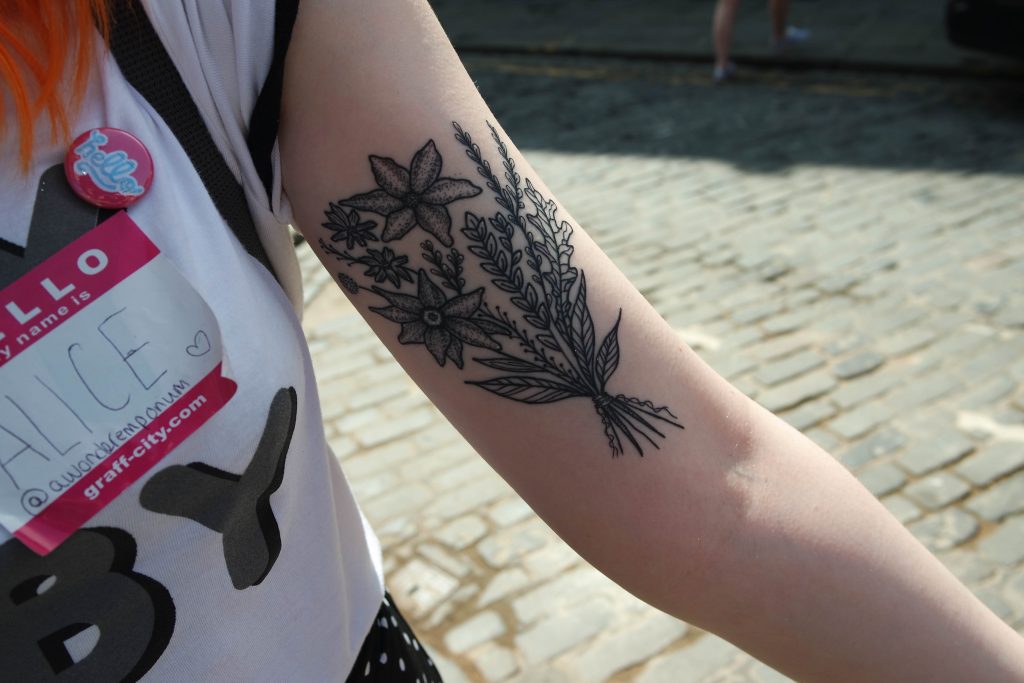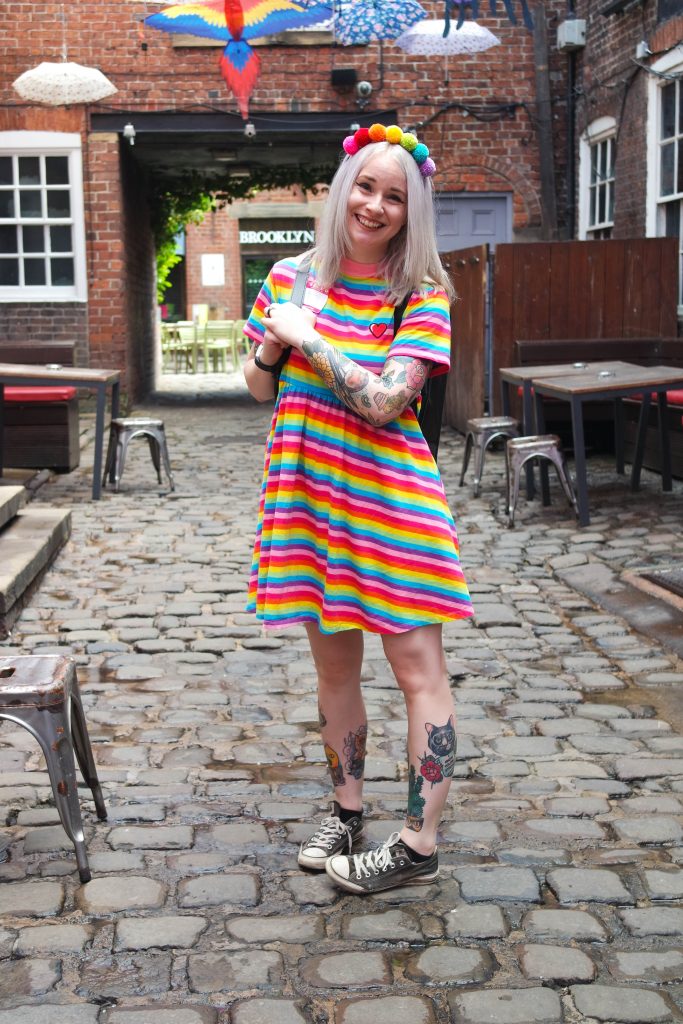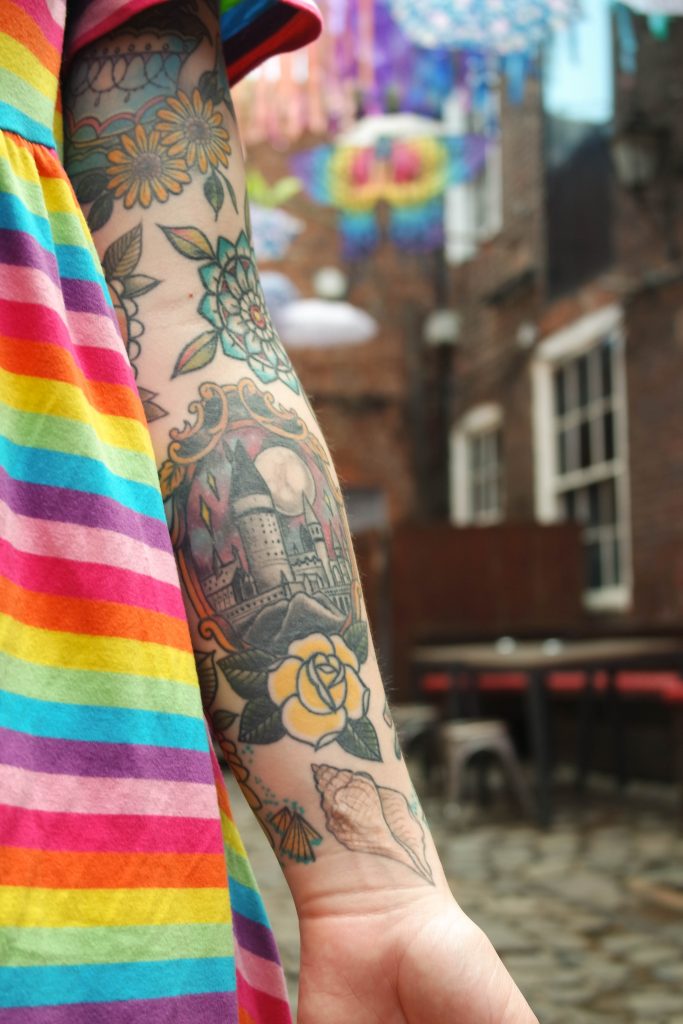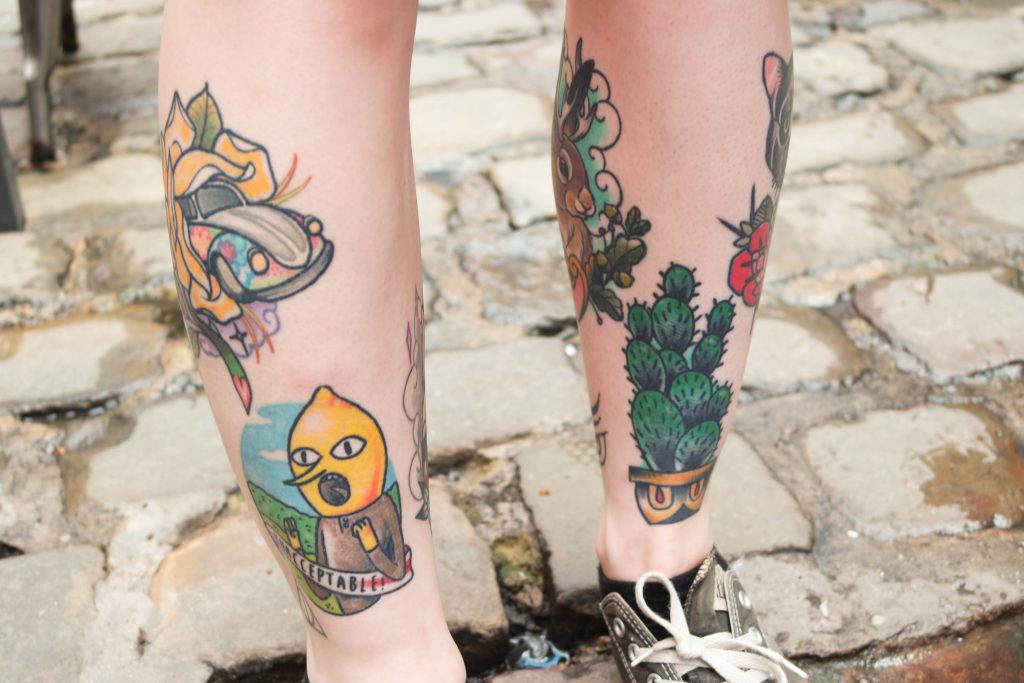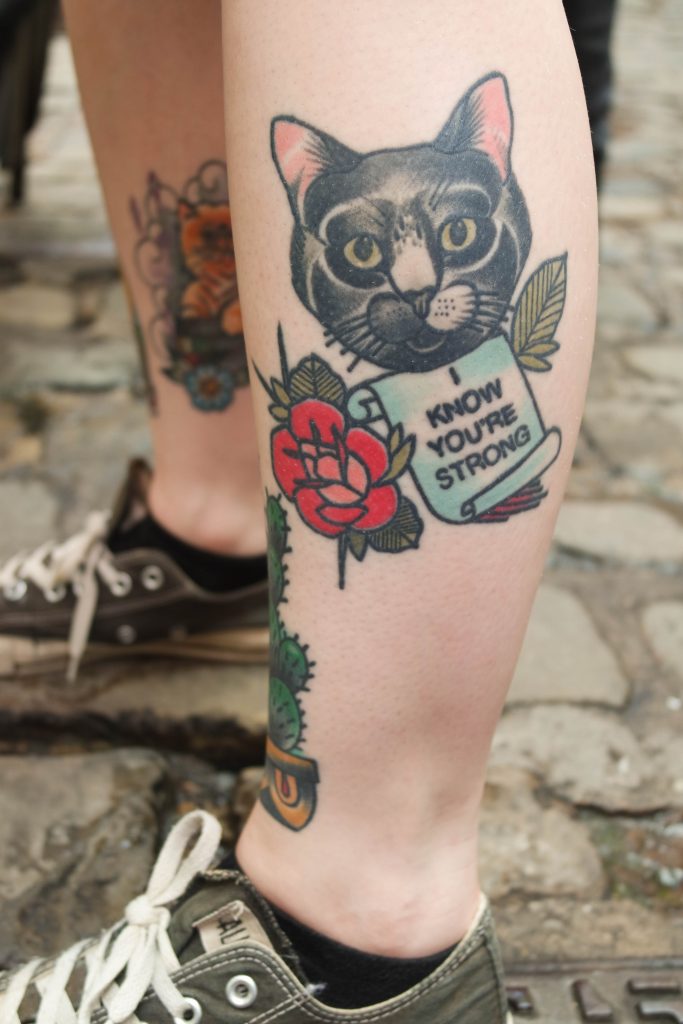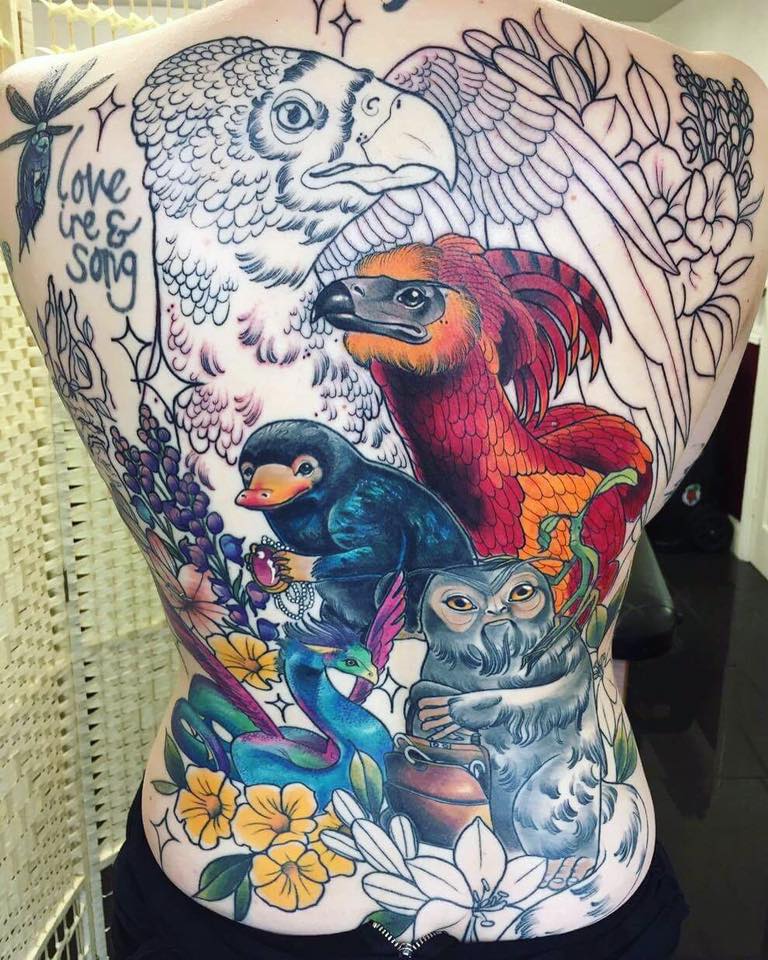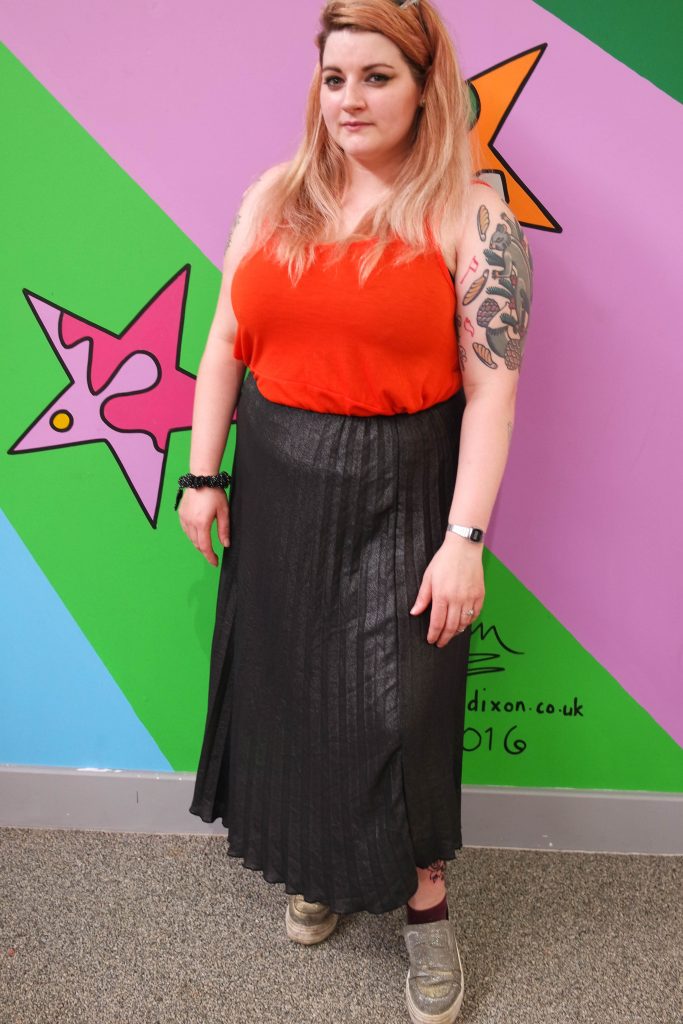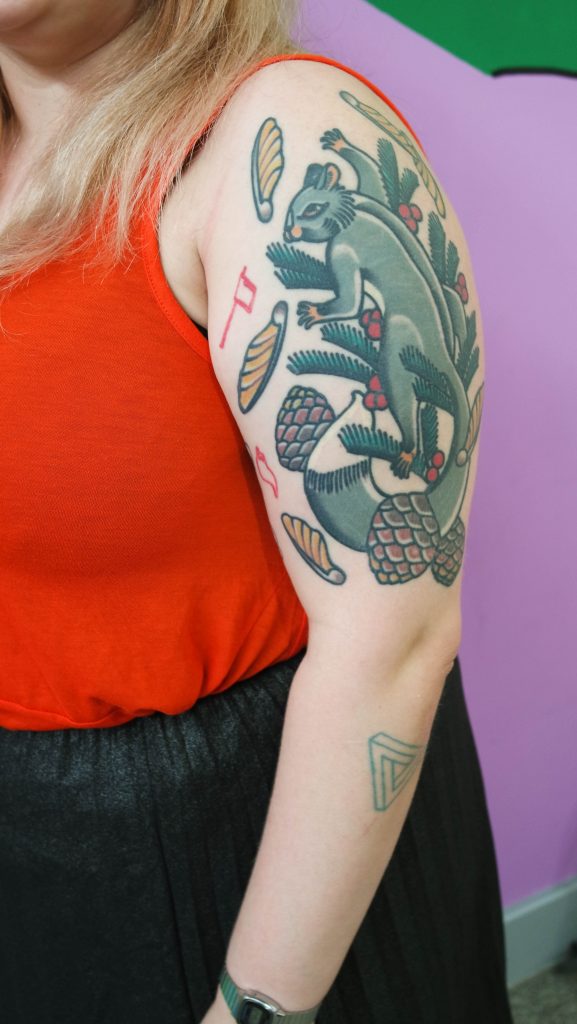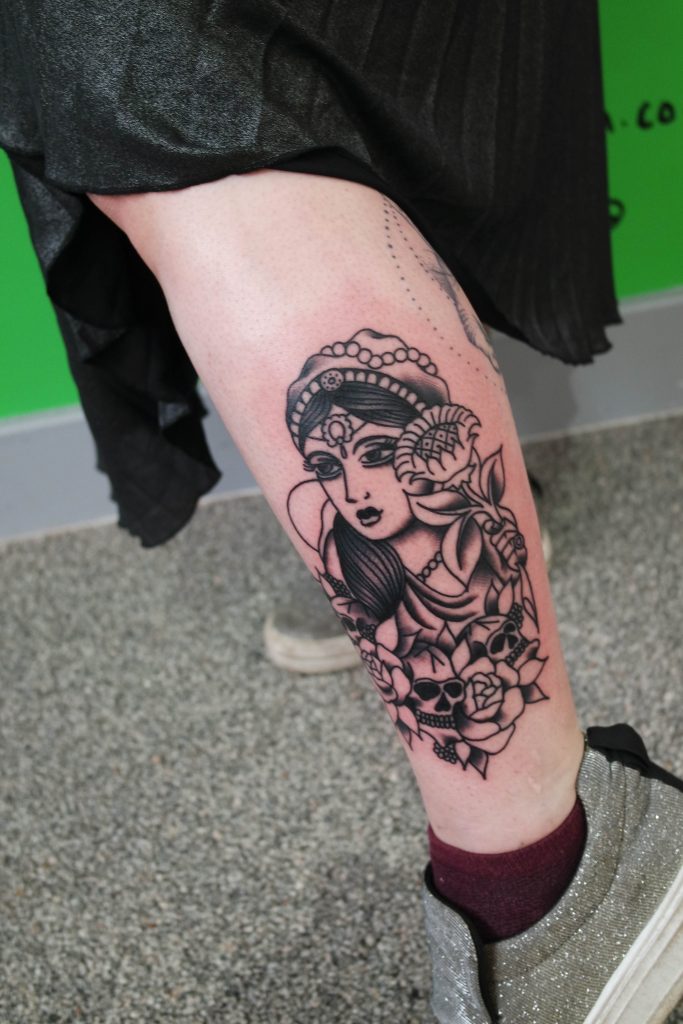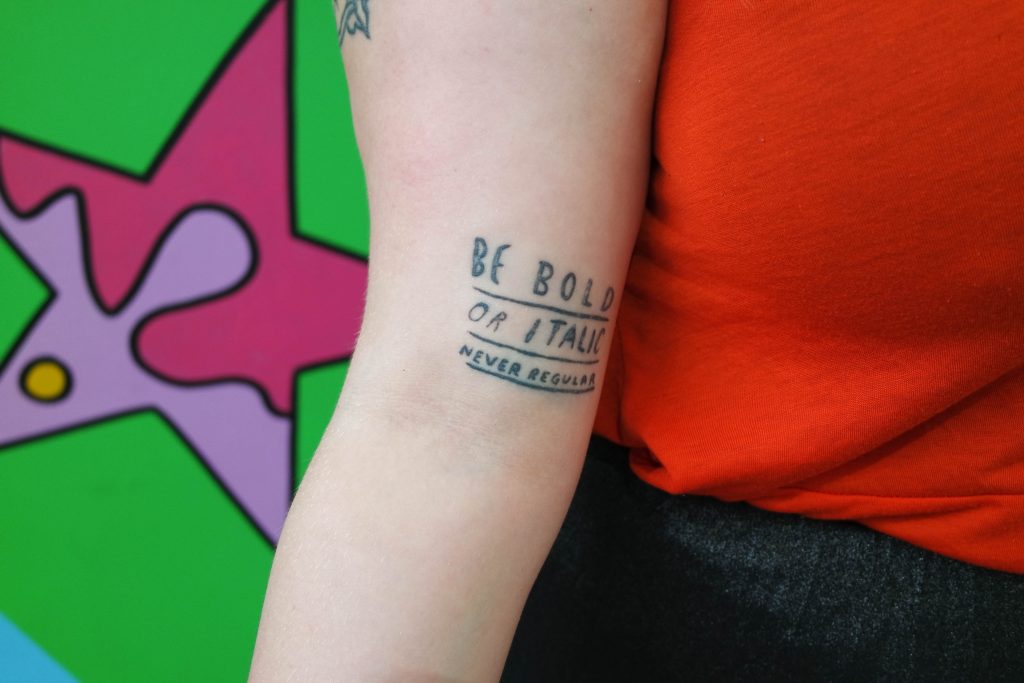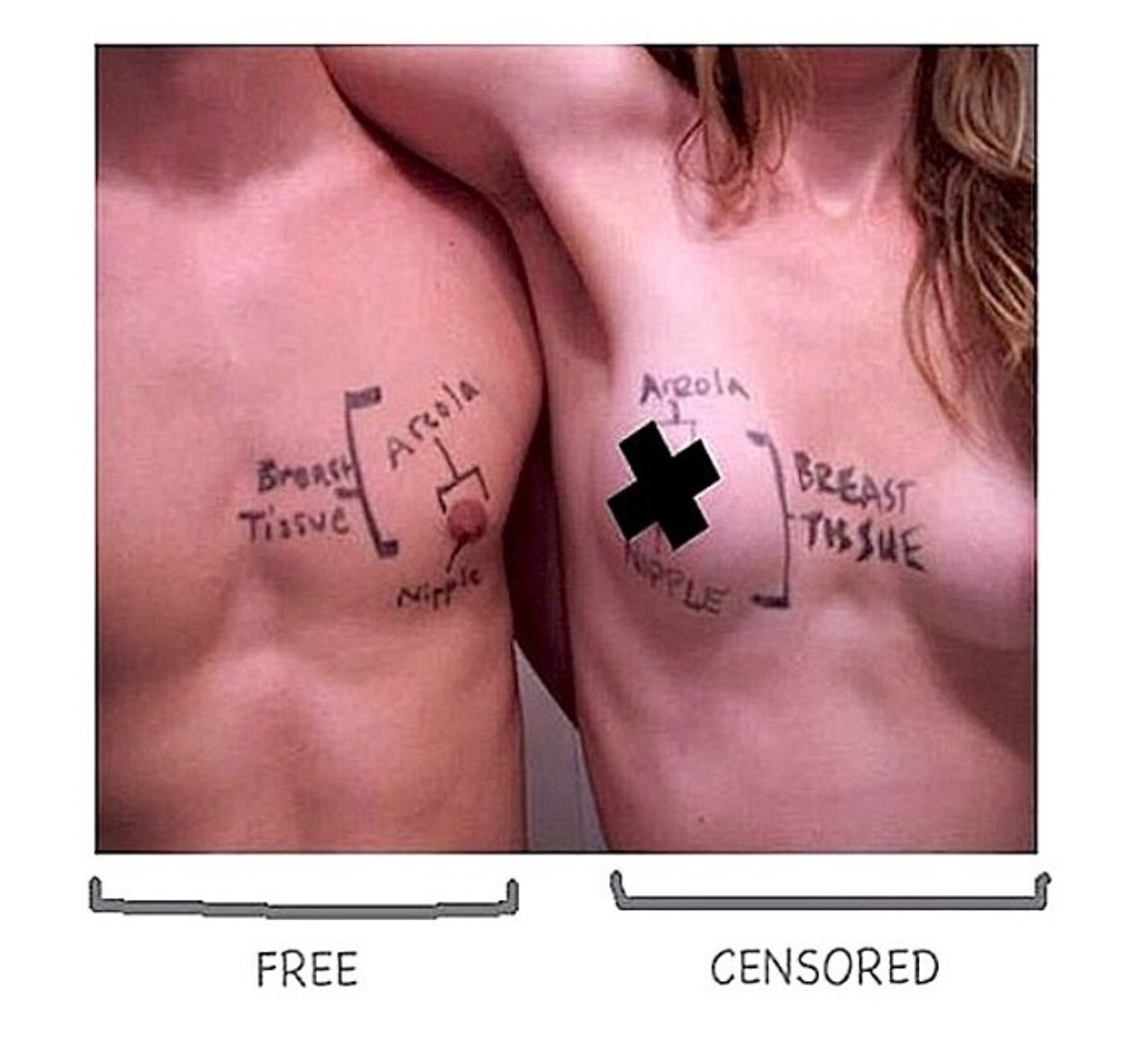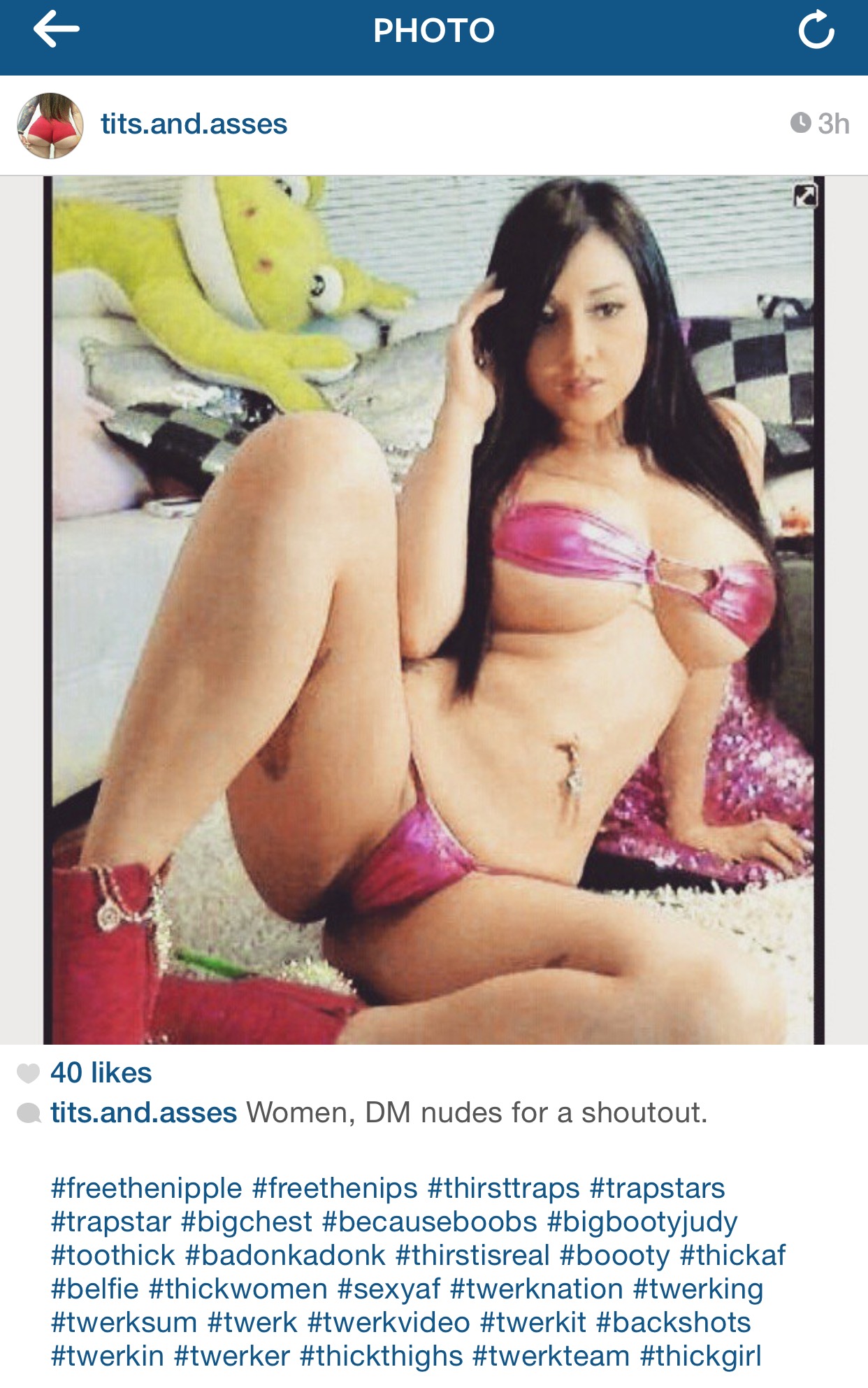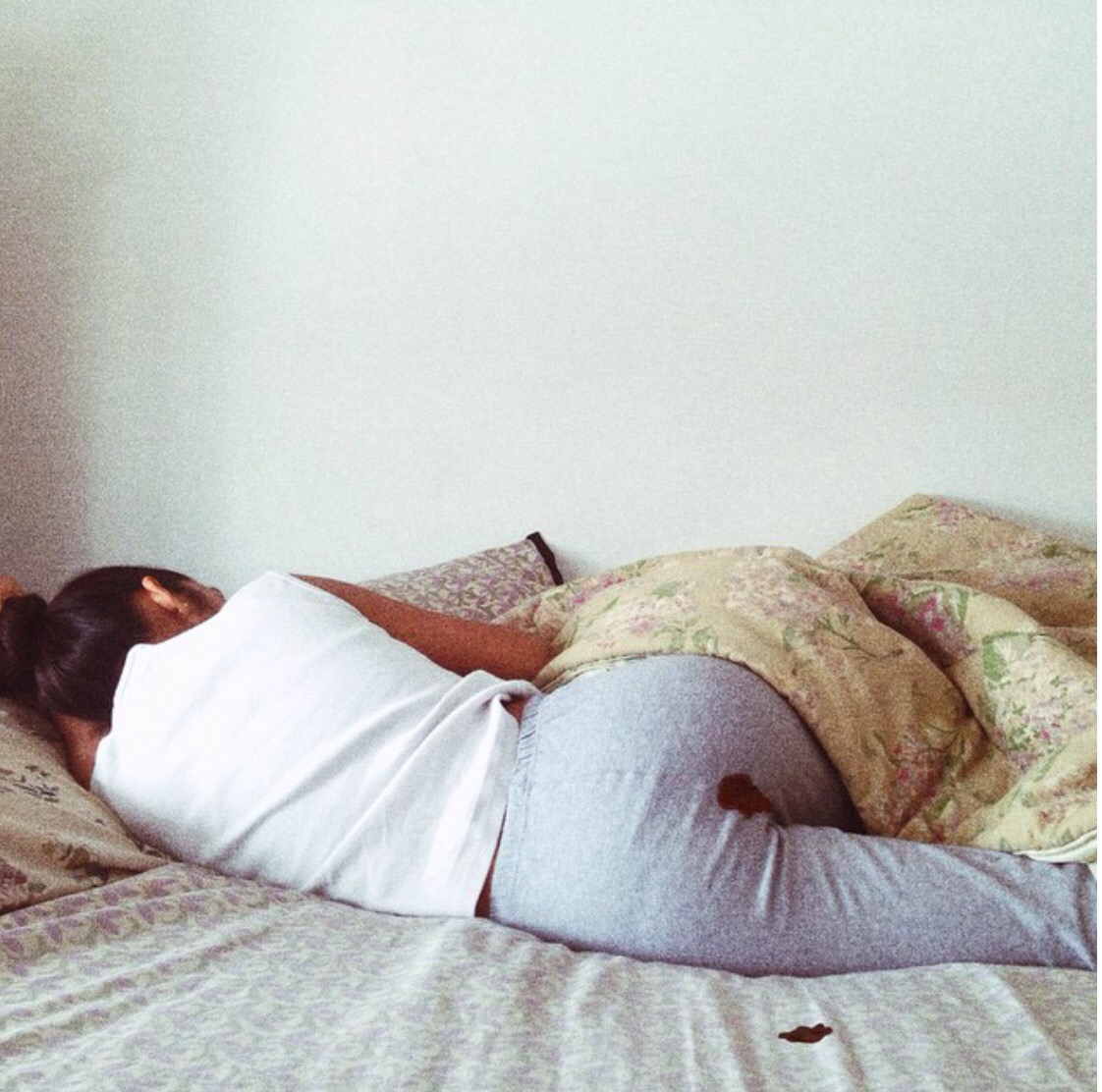Social media consultant and tattoo geek Rebecca Givens has been thinking about how artists are keeping up with Instagram trends, changes and updates.
I can’t take credit for this article title – you have Twin Atlantic to thank and a lyric from their most recent album. When I heard these particular words last week (“algorithm prison that we’re all bred to live in”), they resonated with me. I’ve had quite a few conversations with tattooists lately during which we’ve reminisced over the old pre-algorithm days of apps like Instagram.
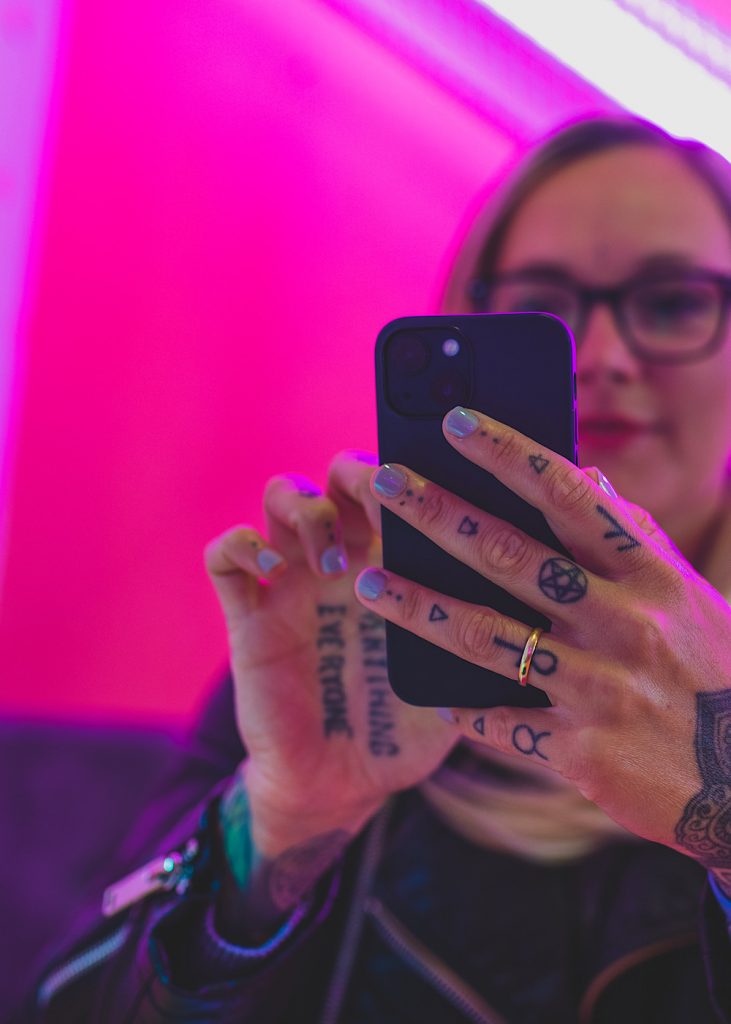
What began as a simple photography platform designed to show, within set square templates, the aesthetic vibe of your brand, work or life (to everyone who actually followed you, might I add), has now become something much more complex. Managed by invisible but powerful mechanisms that decide who gets to see you, when, where and how.
In June 2021 when the Head of Instagram officially declared it “no longer a photo sharing app” but an entertainment hub that prioritises video experiences, we said a sad goodbye to the days of taking a photo and clicking publish.
As small business owners, we now find ourselves in a position where – if we’re not playing by the current rules, consistently and creatively – our efforts shoot down the system’s pecking order and we are consequently less and less visible, even to those loyal people who actively clicked ‘follow’.
For industries like tattooing, in which many artists rely almost solely on Instagram for customers, this is kind of a big (and often anxiety-inducing) deal. Many feel like they simply can’t keep up with what they feel they ‘should be’ doing online.

Yes, it is inevitable for content sharing sites to evolve as time moves forward, but that doesn’t change the fact that we now feel differently about the channels we’re glued to throughout the day. In other words, we’re spending a lot of our time doing stuff we don’t love doing. No one wants that.
Tattooists are finding themselves – not just designing art, creating tattoos, setting up, cleaning down, managing businesses and the other million things they have to do, but also – feeling the pressure to create entire social media strategies that showcase the process and the end result in order to get impressions and engagement. A simple post-tattoo photo with a few hashtags doesn’t cut through the noise anymore.
We know that we need to consider higher-performing formats like video, we need to edit and publish in an optimised way, we need to share at the most efficient time of day, equally spreading ourselves across reels, carousels, live and stories whilst also innovatively telling our brand narratives, jumping on tending audio, keeping our highlights neat, branding our bios and much, much more. Overwhelmed yet?
It’s no wonder we feel like we’re stuck in a game, one we didn’t sign up to play, one we’re desperately trying to follow the rules of, but often failing. The reason why we frequently feel like we’re not mastering the sport is because as self-employed individuals, or often as artists who have other ‘day-jobs’, we CAN’T do it all.
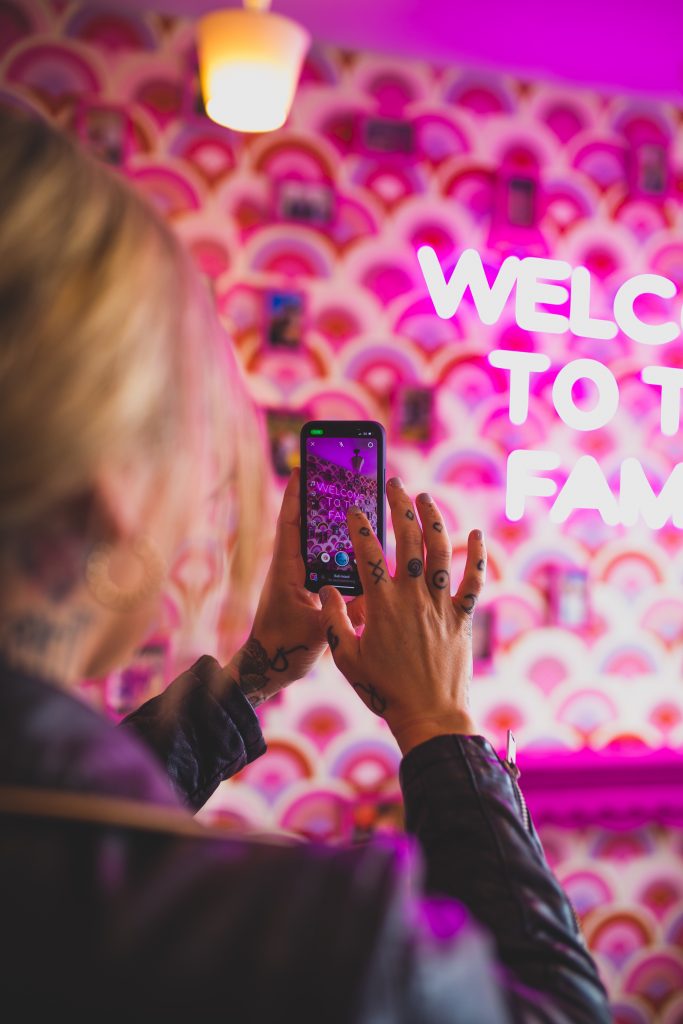
The first and most important thing I ask a client to do when working on a social media strategy together is I ask them to have a think about what makes them unique (as this will influence selecting which things they CAN do). Uniqueness is key right now because, as influencers and social media entrepreneurs begin to identify what the algorithm loves, we are seeing a repetition of aesthetics, templates, sounds and styles which users are inevitably becoming fatigued by.
It is becoming more and more important to ask yourself – within your industry, what can make you unique?
There are dozens of ideas, our feeds are clogged up with ‘what everyone else is doing’, but don’t rush into anything just yet – take a step back and think about who YOU are and how YOU want to be seen.
Once you’ve thought about your image and branding you can eventually select two or three ideas to focus on that match up with your values. Incorporate these into a solid and realistic strategy (a list of best-performing formats you are going to do – why, how and when). What things can become ‘your things’, and why? And know that everything is not for everyone and that’s OK – lots of very successful artists don’t ever show their face, they find other ways to shout about who they are and what they do in a vibrant and distinctive way.
What it all comes down to, what is at the heart of any good social strategy for an individual creative is one important thing – you.
Any content plan should be built on the foundation of your individuality and your unique skills, only then can you even entertain the notion of doing something that stands out from everything else churned out in your particular communities.
The end result – you feel less of an algorithm prisoner and more in control and passionate about sharing your work, through content that needs to follow some sort of system, yes, but steers clear of the monotonous compliance of keeping up with social trends. And if there’s any culture in the world that does this already, that is all about breaking the mould and embracing individuality, it’s tattooing. If anyone can shatter the cycle of Insta-clones, it’s us.
Words: Rebecca Givens (RG Arts Marketing) rgartsmarketing.co.uk
Photography: Ally Shipway
